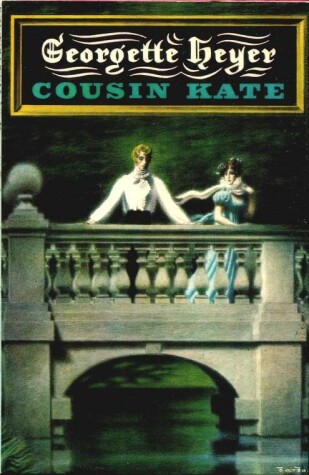Reviewed by Whitney @ First Impressions Reviews on
Cousin Kate was our Rebecca,innocent and financially at the end of her rope although rather more like Belle in Beauty and the Beast when it came to wit and brains.
Torquill was Linton Heathcliff, a sickly boy but was more than meets the eye and constantly trying to rebel. He was a loose cannon and didn’t know when it would explode.
Aunt Minerva could be seen as no one else but Mrs. Danvers, she was just plain eerie. I had an idea where her interests lay with bringing Kate to Staplewood Estate; but until the end I was left guessing as to whether Kate was simply there as a daughter replacement to play dress up, or if there were ulterior and much more sinister motives at hand.
Sir Timothy was an oddball and based on his illness described sounded like he was epileptic, having the disorder myself I was curious as to how this would play out but sadly, felt the ball was dropped and an opportunity missed to create an even eerier household.
Mr Phillip Broome, Sir Timothy’s nephew was a combination of Heathcliff and Edgar Linton, he appeared evil and manipulative at the beginning but as the novel progressed turned into Linton with preconceived notions into the wind to blossom anew.
The ending turns regency romance novels on its head and was a highly addictive read. I feel certain that Cousin Kate will not be my last Georgette Heyer novel.
Reading updates
- Started reading
- 3 May, 2016: Finished reading
- 3 May, 2016: Reviewed
